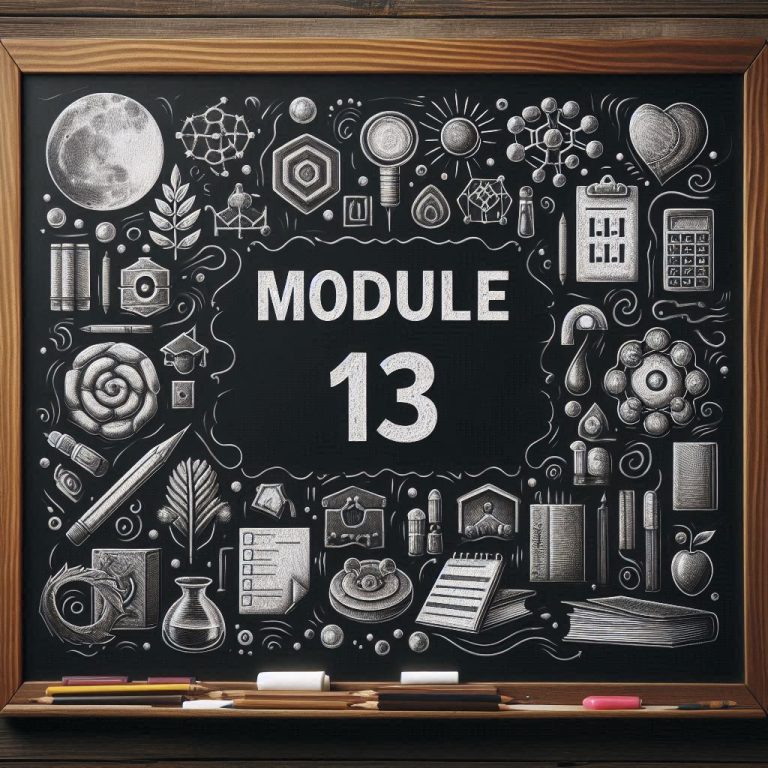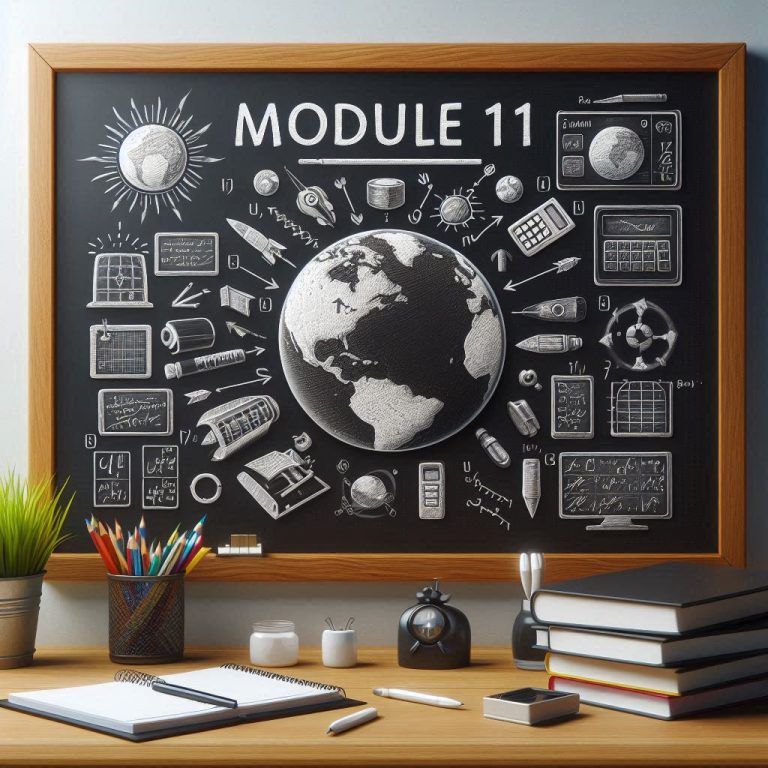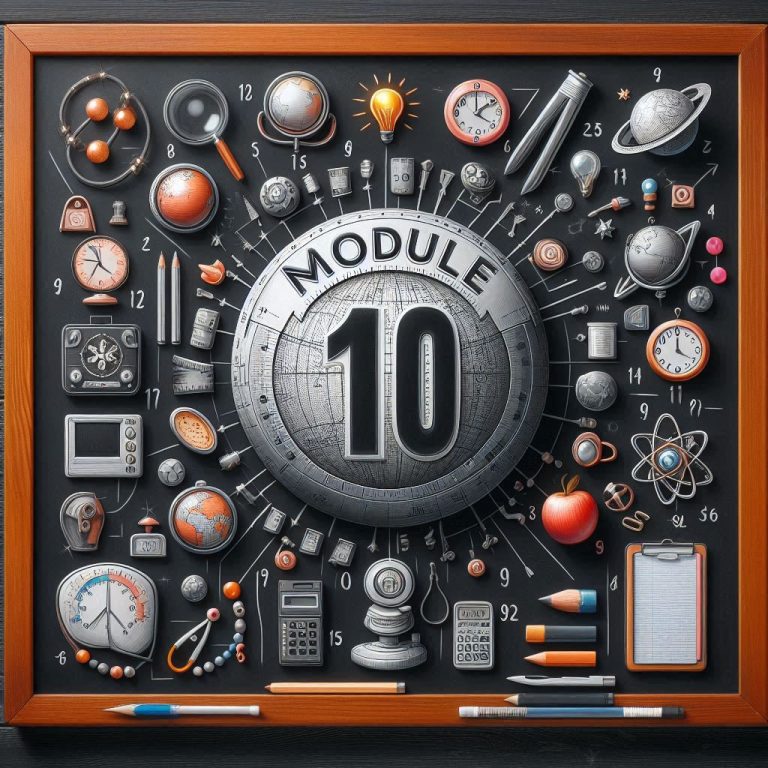Use our Paragraph Mastery Learning Tool to improve your skills: https://claude.ai/public/artifacts/255e2cb0-599c-45bf-ac70-455df502091a
Complete Guide to Different Types of Paragraphs
Introduction
Paragraphs are the building blocks of effective writing. Each type serves a specific purpose and uses distinct techniques to engage readers and convey information. Understanding these different types will help you choose the most effective approach for your writing goals.
1. Descriptive Paragraphs
Definition: Descriptive paragraphs create vivid images in the reader’s mind using sensory details, figurative language, and specific word choices.
How to Write: Focus on the five senses (sight, sound, smell, taste, touch), use specific adjectives and adverbs, employ figurative language like metaphors and similes, and arrange details in a logical spatial or chronological order.
Examples:
Example 1: The old lighthouse stood majestically on the rocky cliff, its white-washed walls gleaming against the stormy gray sky. Salt spray from the crashing waves below misted the air, carrying the sharp scent of seaweed and brine. The lighthouse’s beacon cut through the darkness like a golden sword, while the rhythmic boom of waves against granite echoed like thunder in the night. Weathered wooden shutters rattled in the howling wind, and patches of rust bloomed across the iron railing like ancient scars.
Example 2: The bakery window displayed a treasure trove of pastries that seemed to glow under the warm amber lights. Golden croissants lay in perfect rows, their flaky layers visible like delicate paper. Chocolate éclairs glistened with glossy ganache, while fruit tarts sparkled with fresh berries nestled in creamy custard. The sweet aroma of vanilla and cinnamon drifted through the glass, making passersby pause and inhale deeply, their mouths watering at the sight of such edible artistry.
Example 3: My grandmother’s garden was a symphony of colors and textures in late summer. Sunflowers towered overhead like gentle giants, their faces following the sun’s path across the azure sky. Below them, roses climbed wooden trellises, their velvet petals releasing a perfume that mingled with the earthy scent of rich soil. Bees hummed contentedly among the lavender bushes, their drowsy buzzing adding to the peaceful atmosphere of this sanctuary she had lovingly cultivated for decades.
2. Narrative Paragraphs
Definition: Narrative paragraphs tell a story or recount a sequence of events, often including characters, setting, conflict, and resolution.
How to Write: Use chronological order, include dialogue when appropriate, show rather than tell through action and detail, establish a clear setting and characters, and maintain a consistent point of view.
Examples:
Example 1: The morning started like any other until Sarah discovered the mysterious letter slipped under her apartment door. Her hands trembled as she tore open the cream-colored envelope, revealing elegant handwriting that simply read: “The treasure you seek lies where the old oak remembers.” Confused but intrigued, she grabbed her jacket and headed to the park where she and her late grandfather used to feed ducks. There, carved into the bark of their favorite tree, she found a small key taped inside a hollow. Her heart raced as childhood memories of her grandfather’s stories about hidden treasures came flooding back.
Example 2: Marcus had practiced his presentation for weeks, but when he stepped into the boardroom, his mind went completely blank. The executives stared expectantly as he fumbled with his notes, sweat beading on his forehead. Then he remembered his mentor’s advice: “Speak from the heart.” Taking a deep breath, he set aside his prepared speech and began telling the story of why this project mattered to him personally. His passion was infectious, and by the end, the room erupted in applause. That day, Marcus learned that authenticity trumps perfection every time.
Example 3: The power went out just as Elena was putting the finishing touches on her sister’s wedding cake. In the pitch-black kitchen, she could hear the rain pounding against the windows and knew the morning ceremony was in jeopardy. But Elena refused to give up. Using her phone’s flashlight, she carefully transported the three-tiered masterpiece to her car, driving through flooded streets to reach the venue. When she arrived, soaking wet but victorious, her sister’s tears of joy made every anxious moment worth it.
3. Expository/Informational Paragraphs
Definition: Expository paragraphs explain, inform, or describe a topic using facts, examples, and logical organization.
How to Write: Start with a clear topic sentence, provide supporting details and evidence, use transitions to connect ideas, maintain an objective tone, and conclude with a summary or reinforcement of the main idea.
Examples:
Example 1: Photosynthesis is the fundamental process by which plants convert sunlight into energy. During this complex chemical reaction, chlorophyll in plant leaves captures light energy and uses it to combine carbon dioxide from the air with water absorbed through the roots. This process produces glucose, which serves as food for the plant, and oxygen, which is released into the atmosphere as a byproduct. Without photosynthesis, life on Earth would be impossible, as it provides the oxygen we breathe and forms the foundation of most food chains.
Example 2: The Great Wall of China represents one of humanity’s most remarkable architectural achievements. Contrary to popular belief, the wall is not a single continuous structure but rather a series of walls and fortifications built by different dynasties over more than 2,000 years. The most famous sections were constructed during the Ming Dynasty (1368-1644) and stretch approximately 5,500 miles across northern China. Built primarily for defense against invasions, the wall required the labor of millions of workers, including soldiers, peasants, and prisoners, many of whom died during its construction.
Example 3: Climate change refers to long-term shifts in global temperatures and weather patterns caused primarily by human activities since the Industrial Revolution. The burning of fossil fuels releases greenhouse gases like carbon dioxide into the atmosphere, which trap heat from the sun and warm the planet. Scientists have documented rising global temperatures, melting ice caps, rising sea levels, and increasingly extreme weather events as evidence of this phenomenon. Understanding climate change is crucial because its effects impact agriculture, water resources, human health, and economic stability worldwide.
4. Persuasive/Argumentative Paragraphs
Definition: Persuasive paragraphs aim to convince readers to accept a particular viewpoint or take specific action using logical arguments, emotional appeals, and credible evidence.
How to Write: State your position clearly, provide strong evidence and reasoning, acknowledge counterarguments, use persuasive language and rhetorical devices, and end with a compelling call to action.
Examples:
Example 1: Schools should eliminate standardized testing because it harms both students and education quality. These tests create enormous stress for young learners, leading to anxiety, sleep problems, and even depression among children as young as eight years old. Furthermore, the pressure to achieve high test scores forces teachers to “teach to the test,” narrowing curriculum and eliminating creative, critical thinking activities that truly prepare students for success. Countries like Finland have abolished standardized testing and instead focus on individual student growth, resulting in some of the world’s highest educational outcomes. It’s time for our education system to prioritize student wellbeing and authentic learning over test scores.
Example 2: Every citizen should vote in local elections because these races directly impact daily life far more than national politics. Your local city council determines property tax rates, school funding, road repairs, and public safety budgets that affect your neighborhood immediately. Yet voter turnout in local elections often drops below 20%, meaning a small minority makes decisions for everyone. When engaged citizens vote locally, they can influence policies on issues like housing development, environmental protection, and community services. Your single vote carries much more weight in a local race with hundreds of participants than in a national election with millions of voters.
Example 3: Companies must adopt remote work policies permanently because the benefits far outweigh traditional office models. Remote work increases employee productivity by eliminating commute time and office distractions, while reducing company overhead costs for office space, utilities, and supplies. Environmental benefits include decreased carbon emissions from reduced commuting and lower energy consumption in office buildings. Moreover, remote work provides access to a global talent pool, allowing companies to hire the best candidates regardless of geographic location. The pandemic proved that most knowledge work can be done effectively from anywhere, and companies that resist this reality will lose top talent to more forward-thinking competitors.
5. Compare and Contrast Paragraphs
Definition: Compare and contrast paragraphs examine similarities and differences between two or more subjects to help readers understand relationships and make informed judgments.
How to Write: Choose subjects with meaningful similarities and differences, use either block method (discuss one subject completely, then the other) or point-by-point method (alternate between subjects for each point), employ transitional words like “similarly,” “however,” and “in contrast.”
Examples:
Example 1: While both cats and dogs make beloved family pets, they differ significantly in their care requirements and social behaviors. Cats are naturally independent animals that require minimal daily maintenance, using litter boxes and grooming themselves, whereas dogs need regular walks, frequent baths, and constant social interaction. Both species form strong emotional bonds with their owners, but cats typically show affection through purring and gentle head butting, while dogs express love through enthusiastic tail wagging, jumping, and following their owners around. In terms of space requirements, cats adapt well to small apartments, while most dogs need yards or frequent outdoor exercise to remain healthy and happy.
Example 2: Online learning and traditional classroom education each offer distinct advantages for different types of students. Both formats provide access to qualified instructors and structured curricula, but online learning offers greater flexibility, allowing students to work at their own pace and schedule around other commitments. Traditional classrooms, however, provide immediate face-to-face interaction with teachers and peers, fostering discussion and collaborative learning that can be challenging to replicate virtually. While online courses often cost less and eliminate transportation barriers, classroom learning offers hands-on experiences, laboratory work, and networking opportunities that enhance the educational experience. The best choice depends on individual learning styles, schedules, and career goals.
Example 3: Electric vehicles and gasoline cars represent two different approaches to personal transportation, each with unique benefits and limitations. Both types of vehicles provide reliable transportation and modern safety features, but electric cars produce zero direct emissions and cost significantly less to operate, with electricity being cheaper than gasoline and electric motors requiring minimal maintenance. Gasoline vehicles, however, offer greater driving range and can be refueled quickly at thousands of gas stations, while electric cars currently have limited charging infrastructure and require hours to recharge. As battery technology improves and charging networks expand, electric vehicles are becoming increasingly competitive, though gasoline cars still dominate the market due to their established infrastructure and consumer familiarity.
6. Cause and Effect Paragraphs
Definition: Cause and effect paragraphs explore relationships between events, explaining how one thing leads to another or examining the consequences of particular actions or conditions.
How to Write: Clearly identify causes and effects, use transitional phrases like “as a result,” “consequently,” and “due to,” avoid logical fallacies, provide specific examples and evidence, and consider both immediate and long-term effects.
Examples:
Example 1: The invention of the smartphone has fundamentally transformed human social interaction and behavior. As smartphones became ubiquitous, people gained instant access to information, entertainment, and communication, leading to increased productivity and global connectivity. However, this constant connectivity has also resulted in shorter attention spans, with many individuals struggling to focus on single tasks for extended periods. Additionally, social media apps on smartphones have created new forms of anxiety and depression, particularly among teenagers who compare themselves to carefully curated online personas. The rise of smartphone addiction has led to decreased face-to-face communication skills and a phenomenon called “nomophobia”—the fear of being without one’s mobile phone.
Example 2: Deforestation in tropical rainforests triggers a cascade of environmental consequences that extend far beyond the immediate area. When forests are cleared for agriculture or development, the loss of tree cover leads to increased soil erosion, as roots no longer hold the earth in place during heavy rains. This erosion causes rivers to become muddy and damages coral reefs downstream when sediment flows into coastal waters. Furthermore, deforestation reduces biodiversity as countless species lose their habitats, leading to potential extinctions and disrupted food chains. The removal of trees also decreases the forest’s ability to absorb carbon dioxide, contributing to climate change and reducing rainfall in the region, which can transform lush areas into arid landscapes over time.
Example 3: The COVID-19 pandemic caused unprecedented changes in global work culture, accelerating trends that might have taken decades to develop. As governments implemented lockdowns to control the virus’s spread, millions of employees suddenly shifted to remote work arrangements, forcing companies to rapidly adopt digital collaboration tools and flexible work policies. This massive experiment in remote work demonstrated that many jobs could be performed effectively from home, resulting in reduced office space demands and changes in commercial real estate markets. Consequently, many workers relocated from expensive urban centers to more affordable areas, causing housing booms in smaller cities and suburbs while urban centers experienced decreased populations and economic challenges.
7. Process/How-to Paragraphs
Definition: Process paragraphs explain how to do something or how something works, breaking down complex procedures into clear, sequential steps.
How to Write: Use chronological order, begin with materials or preparation needed, employ transitional words like “first,” “next,” and “finally,” provide clear, specific instructions, and include warnings or tips when helpful.
Examples:
Example 1: Creating the perfect homemade pizza dough requires patience and attention to detail, but the results are worth the effort. First, combine one cup of warm water with one tablespoon of sugar and two teaspoons of active dry yeast in a large bowl, then let the mixture sit for five minutes until it becomes foamy, indicating the yeast is active. Next, add two tablespoons of olive oil and one teaspoon of salt to the yeast mixture, followed by three cups of flour added gradually while stirring. Once the dough forms, knead it on a floured surface for eight to ten minutes until it becomes smooth and elastic. Finally, place the dough in an oiled bowl, cover with a damp cloth, and let it rise in a warm place for one to two hours until it doubles in size, at which point it’s ready to roll out and top with your favorite ingredients.
Example 2: Changing a flat tire safely requires preparation and following proper safety procedures to avoid injury or damage. Begin by pulling over to a safe, flat location away from traffic and activating your hazard lights to alert other drivers. Next, locate your spare tire, jack, and lug wrench, typically found in your trunk, and place wheel wedges behind the tires (opposite end of the car from the flat) to prevent rolling. Loosen the lug nuts on the flat tire while it’s still on the ground, turning counterclockwise but not removing them completely yet. Then, position the jack under the vehicle’s frame near the flat tire and raise the car until the flat tire is six inches off the ground. Remove the loosened lug nuts completely, pull the flat tire toward you to remove it, and align the spare tire with the wheel bolts before replacing the lug nuts and tightening them by hand. Finally, lower the vehicle until the spare tire touches the ground but still supports some weight, tighten the lug nuts with the wrench in a star pattern, lower the car completely, and remove the jack.
Example 3: Effective meditation begins with creating the right environment and establishing a consistent routine that calms both mind and body. Start by choosing a quiet space where you won’t be disturbed, sitting comfortably with your back straight either on a cushion on the floor or in a chair with your feet flat on the ground. Close your eyes and take three deep breaths, inhaling slowly through your nose and exhaling through your mouth to signal to your body that it’s time to relax. Focus your attention on your natural breathing pattern without trying to change it, simply observing the sensation of air entering and leaving your nostrils. When thoughts arise—and they will—acknowledge them without judgment and gently redirect your attention back to your breath. Begin with just five minutes daily and gradually increase the duration as your concentration improves, remembering that consistency matters more than the length of individual sessions.
Conclusion
Mastering different types of paragraphs enhances your ability to communicate effectively across various writing situations. Whether you’re describing a scene, telling a story, explaining a concept, making an argument, comparing options, exploring relationships, or teaching a skill, choosing the appropriate paragraph type helps you connect with your audience and achieve your writing goals. Practice writing each type regularly to develop your skills and discover which styles feel most natural for different purposes.



